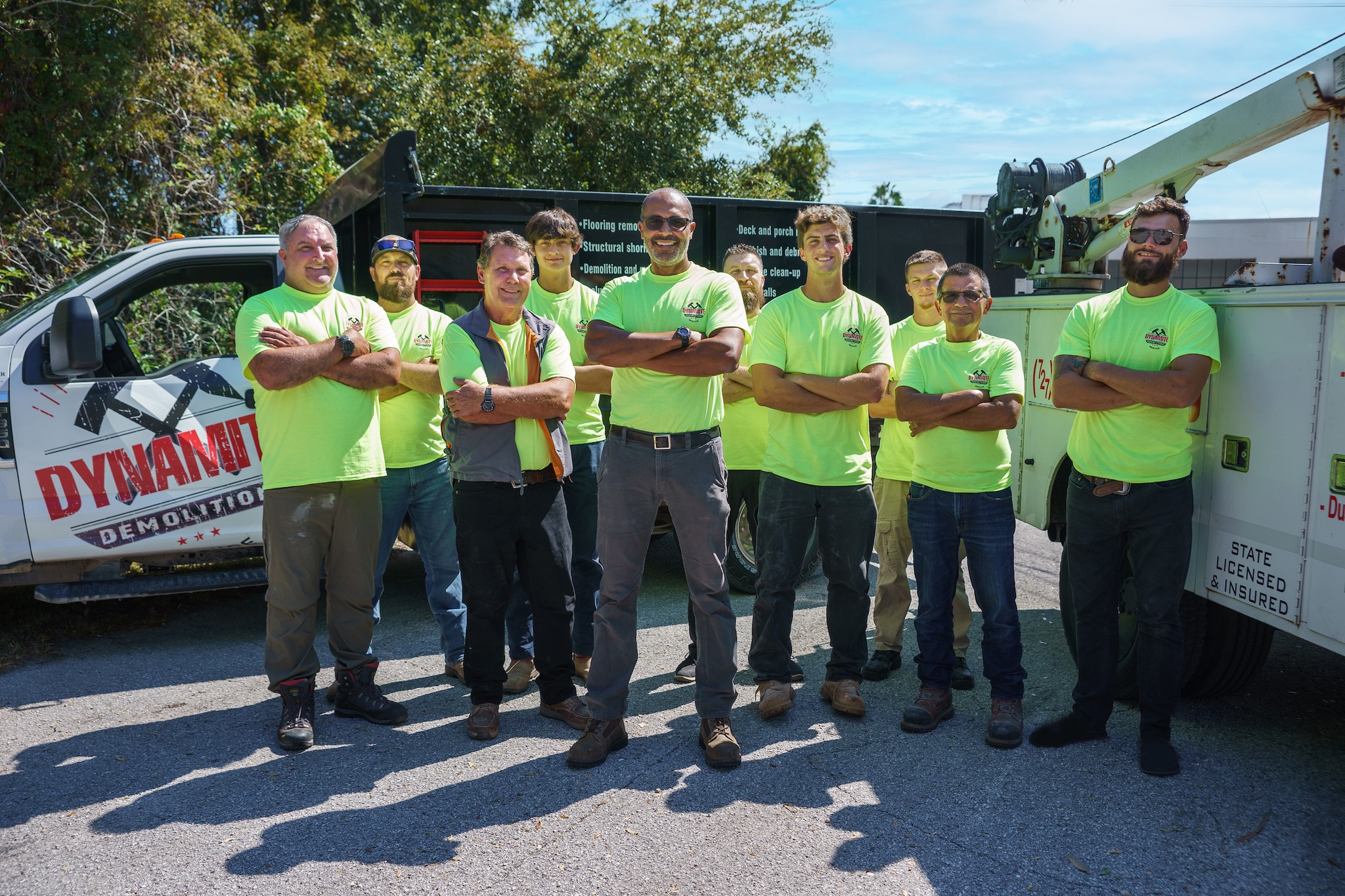Strategic Demolition
When a building is no longer viable or needed, it must be demolished. This process, known as a strategic demolition, requires a lot of planning and expertise to ensure the process is done safely and efficiently.
About this Process
Strategic Demolition begins with a detailed assessment of the building. A structural engineer will examine the building and take into account factors such as the age of the building, the condition of the structure, and the materials used. This assessment will help determine the best approach to demolishing the building.
Once the assessment is complete, the next step is to create a plan of action. This plan should include safety considerations, the timeline for the demolition, and a description of the process. Depending on the size and complexity of the building, the plan may need to include a detailed strategy for how to collapse the structure safely.
After the plan of action is in place, the demolition team can begin their work. The team will use specialized equipment to tear down the structure, beginning with the removal of non-structural elements such as windows and doors. The team will then use heavy machinery to remove large sections of the building, followed by more precise demolition techniques such as drilling and blasting to bring down the remaining walls and columns.
Finally, the debris must be cleared away and the site must be inspected to ensure it is safe for use. This is an important step in Strategic Demolition, as it ensures that the site is not a hazard to people or the environment.

Call For a Quote:
(727) 466-0000

The Importance of Strategic Demolition
When it comes to any building construction project, the importance of strategic demolition cannot be overstated. Strategic Demolition is the process of removing an existing building or structure so that a new building or structure can be constructed. It is a critical part of any construction project and is often overlooked or underestimated by those who are not familiar with the process. Without a proper Strategic Demolition, the construction project can be put at risk and may even face a complete failure.

The first step of any strategic demolition is to assess the existing structure. This includes looking at the location of the building and any existing features that may have to be removed. It is important to understand the existing structure and any necessary changes to the existing structure before any demolition can begin. This assessment will help the construction company determine what methods of demolition are necessary and how to best approach the demolition process.

Once the assessment of the existing structure is complete, the construction company can develop a demolition strategy. This strategy should include the best methods of demolition and the safest way to execute the demolition. It is important to consider the safety of those involved in the demolition, as well as the safety of any bystanders that may be present. The demolition strategy should also include a timeline for the project, so that the project can be completed as quickly and efficiently as possible.

The demolition process should also be carefully monitored and documented to ensure that the process is being executed properly. This includes documenting any safety issues that arise during the demolition, as well as any changes that need to be made to the timeline. Proper documentation will help the construction company identify any areas where the process needs to be adjusted or improved.
Dynamite Demolition
Strategic Demolition is a critical part of the building construction process, and it requires experienced professionals with the right knowledge and skill set to complete the job safely and efficiently. It is important for a building construction company to have a team of reliable and experienced demolition experts to ensure that their projects are completed on time and with minimal disruption.
F.A.Q.
We pride ourselves on providing people with knowledge and transparency about demolition.
What Is Strategic Demolition?
Strategic Demolition is the process of taking a building apart in the most efficient way possible. This includes considerations like the size of the building, its design, and the materials that it’s made from. The goal is to ensure that the demolition process is carefully planned and doesn’t cause any additional damage to the surrounding property.
What Are the Benefits of Strategic Demolition?
The main benefit of Strategic Demolition is that it can help to save time and money. By planning out the demolition process, you can avoid costly mistakes that can arise from a lack of preparation. Additionally, it can help to reduce the risk of injury to workers and the possibility of damages to surrounding property.
How Can I Prepare for Strategic Demolition?
The first step in preparing for strategy demolition is to determine the type of building that you’re demolishing. Is it a residential structure, a commercial building, or something else? This will help you to determine the best strategy for taking it apart. Additionally, you should survey the area and make sure that it’s clear of any obstacles that could get in the way of the demolition process.
What Safety Measures Should I Take During Strategic Demolition?
Safety should always be your top priority when undertaking any demolition project. Make sure that you have the proper safety equipment for your workers, such as hard hats, safety glasses, and gloves. Additionally, ensure that the area is well ventilated, and provide any necessary signage to alert people to the demolition.
What Are the Common Challenges of Strategic Demolition?
One of the most common challenges of Strategic Demolition is dealing with unexpected obstacles. This could include the presence of hazardous materials, such as asbestos, or unexpected structural issues that must be addressed before proceeding with the demolition. Additionally, it’s important to consider the effect of the demolition on the surrounding environment and take any necessary precautions.
Contact Us
1211 Hamlet Ave Suite E, Clearwater FL 33756
Opening Hours
Mon – Fri : 8:00am – 5:00pm
Sat & Sun : Closed

